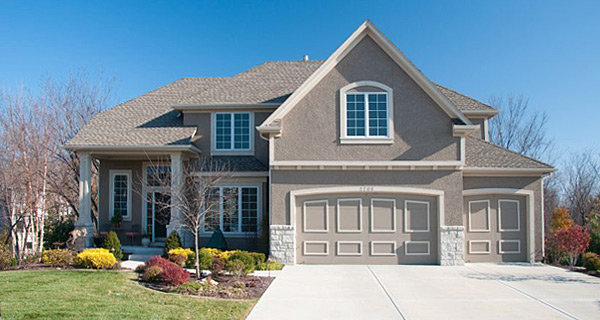November 18, 2015
 The FHA loan rules in HUD 4000.1 include plenty of updates, changes, revisions, and restatements of FHA loan policy. The FHA didn’t provide a comparison from the old rules (HUD 4155.1 and HUD 4155.2) and the new, stating it was up to the end user to be aware of the new policies found in HUD 4000.1.
The FHA loan rules in HUD 4000.1 include plenty of updates, changes, revisions, and restatements of FHA loan policy. The FHA didn’t provide a comparison from the old rules (HUD 4155.1 and HUD 4155.2) and the new, stating it was up to the end user to be aware of the new policies found in HUD 4000.1.
That’s why we’re taking a look at some of the crucial areas of the FHA loan rules–to get a closer look at today’s rules and how they might affect your FHA loan transaction.
FHA Minimum Property Requirements (MPRs) are a big part of the appraisal process as these requirements inform the appraiser’s work. We begin our examination of FHA MPRs with a look at a few of the basics.
Encroachment
HUD 4000.1 says, “The Mortgagee must ensure the subjects dwelling, garage, or other improvements do not encroach onto an adjacent Property, right-of-way, utility Easement, or building restriction line. The Mortgagee must also ensure a neighboring dwelling, garage, or other improvements do not encroach onto the subject Property. Encroachment by the subject or adjacent Property fences is acceptable provided such Encroachment does not affect the marketability of the subject Property.”
Marketability of the property is an important issue–the borrower isn’t just investing in a home for today, but also for a potential sale of that home at some point down the line should that option be necessary. Protecting the borrower’s interests is important for the remaining economic life of the home.
Power Lines
The rules for overhead power lines are specific. “The Mortgagee must confirm that any Overhead Electric Power Transmission Lines do not pass directly over any dwelling, Structure or related property improvement, including pools. The power line must be relocated for a Property to be eligible for FHA-insured financing.”
Furthermore, FHA loan rules state that electrical “drop lines” may not pass over any water-based feature of the property like a pool or outdoor hot tub. “If the dwelling or related property improvements are located within the Easement area, the Mortgagee must obtain a certification from the appropriate utility company or local regulatory agency stating that the relationship between the improvements and Local Distribution Lines conforms to local standards and is safe.”
Access To Property
FHA loan rules again are quite clear on this issue. “The Mortgagee must confirm that the Property is provided with a safe pedestrian access and Adequate Vehicular Access from a public or private street. Streets must either be dedicated to public use and maintenance, or retained as private streets protected by permanent recorded Easements.”
“Private streets, including shared driveways, must be protected by permanent recorded Easements, ownership interest, or be owned and maintained by an HOA. Shared driveways do not require a joint maintenance agreement.”
It is important to point out that in all cases, FHA loan MPRs do not overrule state or local building code–if there is an additional requirement by local or state law, it too must be observed.
Do you work in residential real estate? You should know about the free tool offered by FHA.com. It is designed especially for real estate websites; a widget that displays FHA loan limits for the counties serviced by those sites. It is simple to spend a few seconds customizing the state, counties, and widget size for the tool; you can copy the code and paste it into your website with ease. Get yours today:

